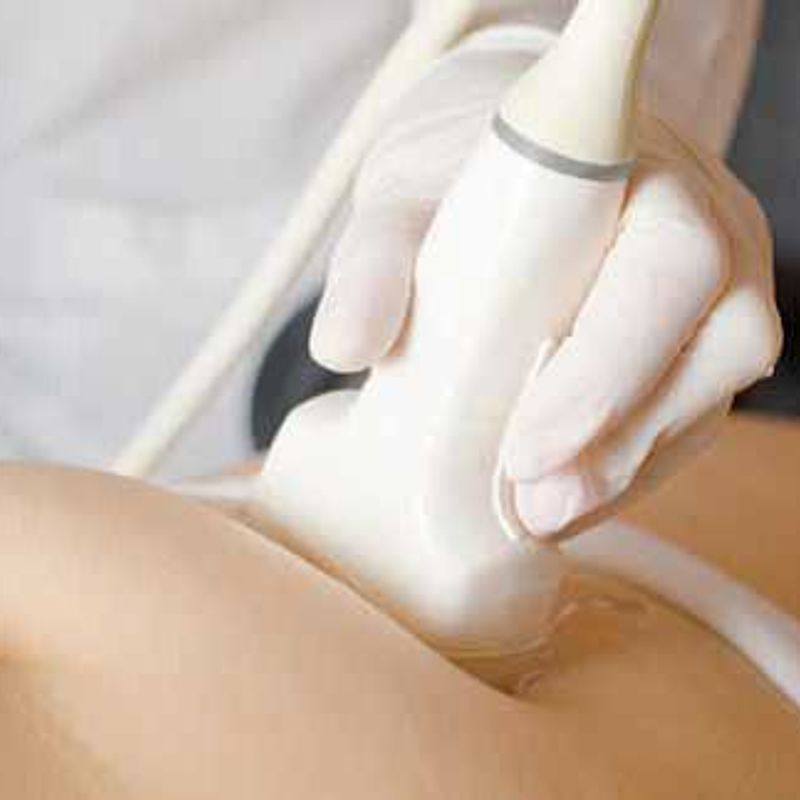
High intensity ultrasound treatments
Challenge
High Intensity Focused Ultrasound (HIFU), used with imaging techniques, is a promising new treatment of prostate cancer and brain disorders. It focuses multiple high energy soundwaves onto a single spot, generating enough heat to destroy a tumour. Unlike ionising radiation, these beams do not cause long term harm to DNA, and in addition have potential for precisely treating cancers deep in the body.
For treatment to be effective, the strength of the strongly focused beam must be precisely calibrated to deliver a treatment dose personalised to each patient – too little and the therapy’s temperature is insufficient to treat the cancer; too much power and it becomes dangerous for surrounding healthy tissue. Approaches to calculating the correct dose are in their infancy hampered by a lack of accurate calibration facilities and instruments to transfer calibrations from these facilities to the clinical HIFU machine.
A new hydrophone – a type of underwater microphone – capable of withstanding the heating generated by the very high pressure ultrasound waveforms is needed to make the link between lab-based calibration facilities and clinics performing HIFU. This missing traceability link is inhibiting the introduction of new HIFU treatments.
Solution
The EMRP Project, Dosimetry for Ultrasound Therapy, extended ultrasound measurement and calibration facilities to meet the requirements of clinical HIFU machines. As a result of the project, HIFU hydrophones can now be fully calibrated in a water bath using a well characterised ultrasound beam. Hydrophones are then further tested using sound beams similar to those produced by medical devices to achieve a robust calibration.
Best measurement practice developed by this project has contributed to two published IEC standards, one on HIFU safety and another on HIFU power measurements. A third IEC document incorporating the project’s calibration method for clinical HIFU hydrophones is currently under development. These documents provide hospitals with clear guidance on traceably calibrating HIFU machines.
Impact
GAMPT mbH, a world leader in ultrasonic measurement technology, in collaboration with project partner PTB designed and validated a new hydrophone suitable for calibrating clinical HIFU instruments.
The HIFU Hydrophone, the only one of its kind, can measure the very high pressure waveforms of HIFU beams without being damaged by their high intensity. Once calibrated using the project’s new facilities and expertise, the hydrophone can transfer calibrations to other clinical HIFU machines. This hydrophone is now on sale and extends GAMPT’s range of sound measurement devices to include HIFU applications.
As confidence in HIFU grows as a result of new IEC standards and traceability routes, its use is set to expand rapidly into new clinical applications such as essential tremor and other deep seated brain disorders. GAMPT expects demand to rise and is well placed to support this promising future market, which includes cancer treatment clinics, manufacturers of therapeutic devices and sensors, certification institutes, and measurement labs.
- Category
- EMRP,
- Health,
